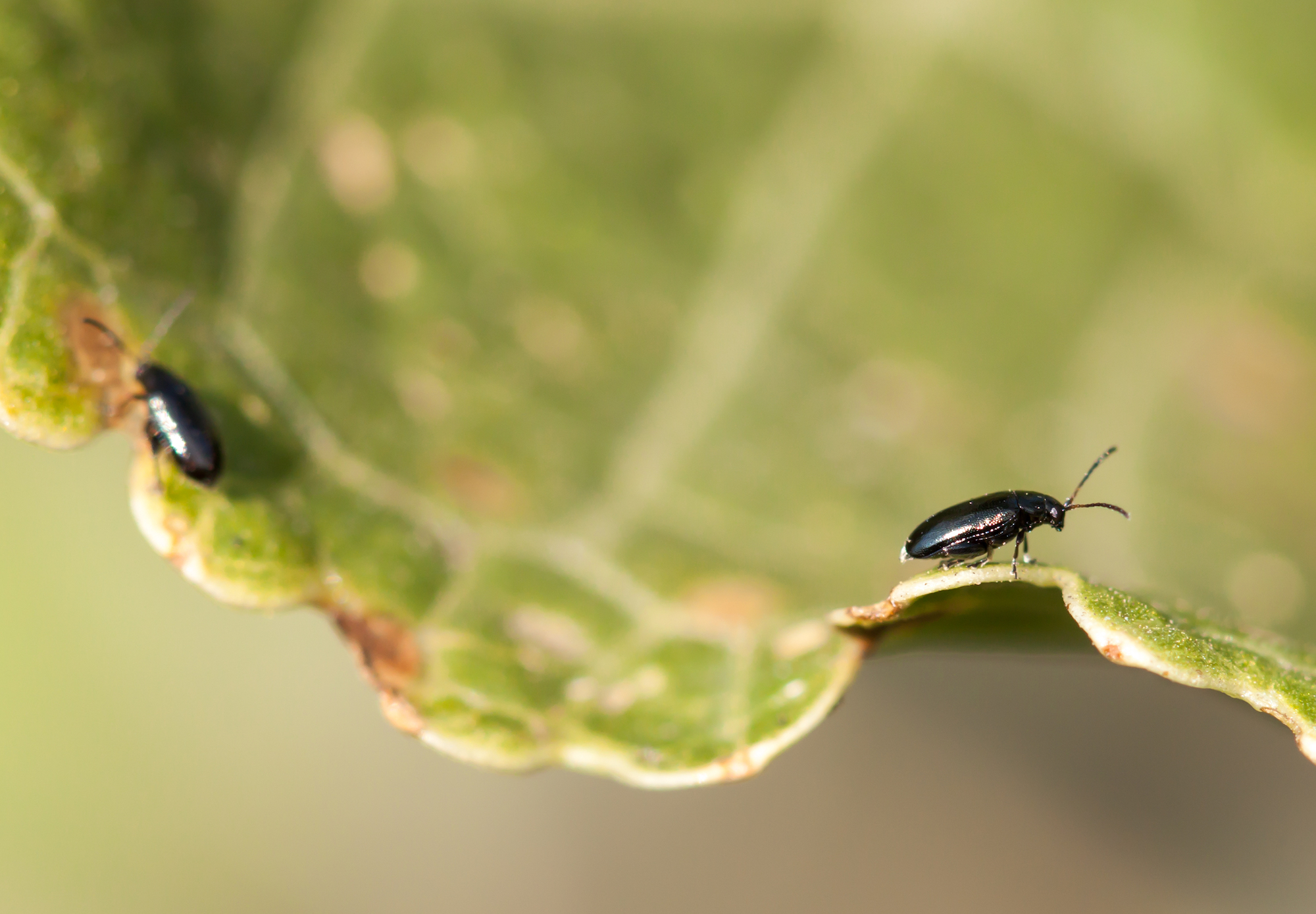
Flea beetles can be very destructive to a wide variety of plants, so be sure to take preventative measures.
Learn How to Prevent These Garden Pests!
ADVERTISEMENT
My gardening friend keeps her eggplants in large pots on a surface 3' above ground, outside the flea beetle's jumping range. Seems to work. Plants are robust and damage free.
I have had some luck with putting wood ash on the leaves .. I grow Callaloo in Tennessee and these beetles are a major problem for us ..
This article says that the flea beetles are repelled by nasturtiums but actually, they seem to be ravaging mine this year.
Yes, nasturtiums can be used as a trap crop; they will take the focus of the flea beetles away from the more valuable crops you are growing.
they live indoors and will jump
This totally did NOT work, nor did placing peppermint leaves on the eggplants. I saw more flea beetles after I sprayed than before. I think they loved it. I only have 6 eggplants, so I picked the beetles off and put them in soapy water. That killed them!
Tried this home brew recipe and 5 mins later, flea beetles were back, happy as ever. This treatment totally does not work. Just FYI.
Do they live indoors
yea and they will jump on you
No, cucumber beetles are not generally a problem indoors, unless they’ve hitchhiked on your clothing or a plant that you brought inside. Even then, they are unlikely to reproduce indoors.











